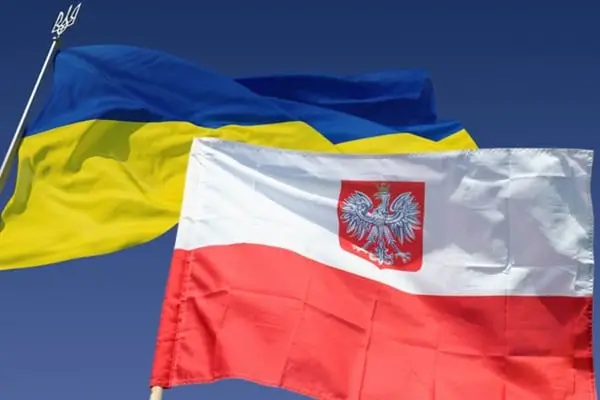Why the Issue of the Volhynia Tragedy Is Poisoning Ukraine-Poland Relations Again

How Last Century's Issues Will Affect the Future of Both Countries
Historical disputes between Ukraine and Poland are not new; however, recent events have once again brought the issue of the Volhynia tragedy to the forefront. Statements from Polish high-ranking officials regarding the necessity of conducting exhumations at the sites of Polish deaths in the Volhynia and Rivne regions of Ukraine have elicited a range of ambiguous reactions and caused political tension between the countries. The relevance of this issue is often used to influence public opinion, particularly ahead of elections, and may even affect Ukraine’s aspirations to join the European Union.
The History of the Conflict
The Volhynia tragedy encompasses the events of 1943–1944, marked by mass killings resulting from the escalation of the Ukrainian-Polish conflict. During this period, Ukrainian nationalist movements, notably the Ukrainian Insurgent Army (UPA), conducted operations against the Polish population in Volhynia and Galicia, viewed as a means of fighting for independence. Conversely, Polish paramilitary formations, such as the Home Army, launched similar actions aimed at the Ukrainian population in response to Ukrainian actions. These actions led to the deaths of tens of thousands of people, leaving a traumatic mark in the consciousness of both nations. For Poles, these events symbolize ethnic cleansing, while Ukrainians interpret this period as a complex chapter in their national struggle.
Positions of Ukraine and Poland: Who Is Interested in Resolving the Issue
Poland consistently supports the need for exhumation works to properly honor the memory of the tragedy's victims. Statements from Polish officials, including Donald Tusk, have included conditions regarding the necessity of resolving this issue for Ukraine's further Euro-integration process. The Polish side has repeatedly emphasized the importance of historical justice and the commemoration of the deceased. Meanwhile, while Ukraine supports research and search efforts, national memory, according to historians, is focused on other historical events.
At the same time, Ukrainian political and academic institutions, particularly the Ukrainian Institute of National Memory, point to an asymmetry in approaches to memorialization. Representatives of the UINP emphasize that Poland has yet to fulfill its obligations to restore the graves of Ukrainians in Poland that have suffered from vandalism. This is a significant condition for initiating relevant works from the Ukrainian side.
Possible Scenarios for Resolving the Issue
Among potential scenarios that could ease tensions, the following stand out:
- Mutual Exhumation and Commemoration: The most constructive way to address the issue might be the establishment of a joint working group that would conduct exhumation works in both countries with the involvement of both Polish and Ukrainian specialists.
- Memorandum on Historical Reconciliation: An initiative could involve signing a document in which both parties commit not to use the topic of the Volhynia tragedy as a political tool, especially during election periods.
- Strengthening Scientific Cooperation: Creating a joint historical commission that would conduct comprehensive research would allow both sides to obtain objective data about the number of victims and the scale of the tragedy.
Conclusion
The issue of the Volhynia tragedy will remain on the agenda of Ukrainian-Polish relations. Today, there is a chance to overcome the historical contradictions that have festered for years through constructive dialogue and the preservation of both nations' historical memory. Only through mutual recognition and understanding can reconciliation be achieved and a new level of relations established.










